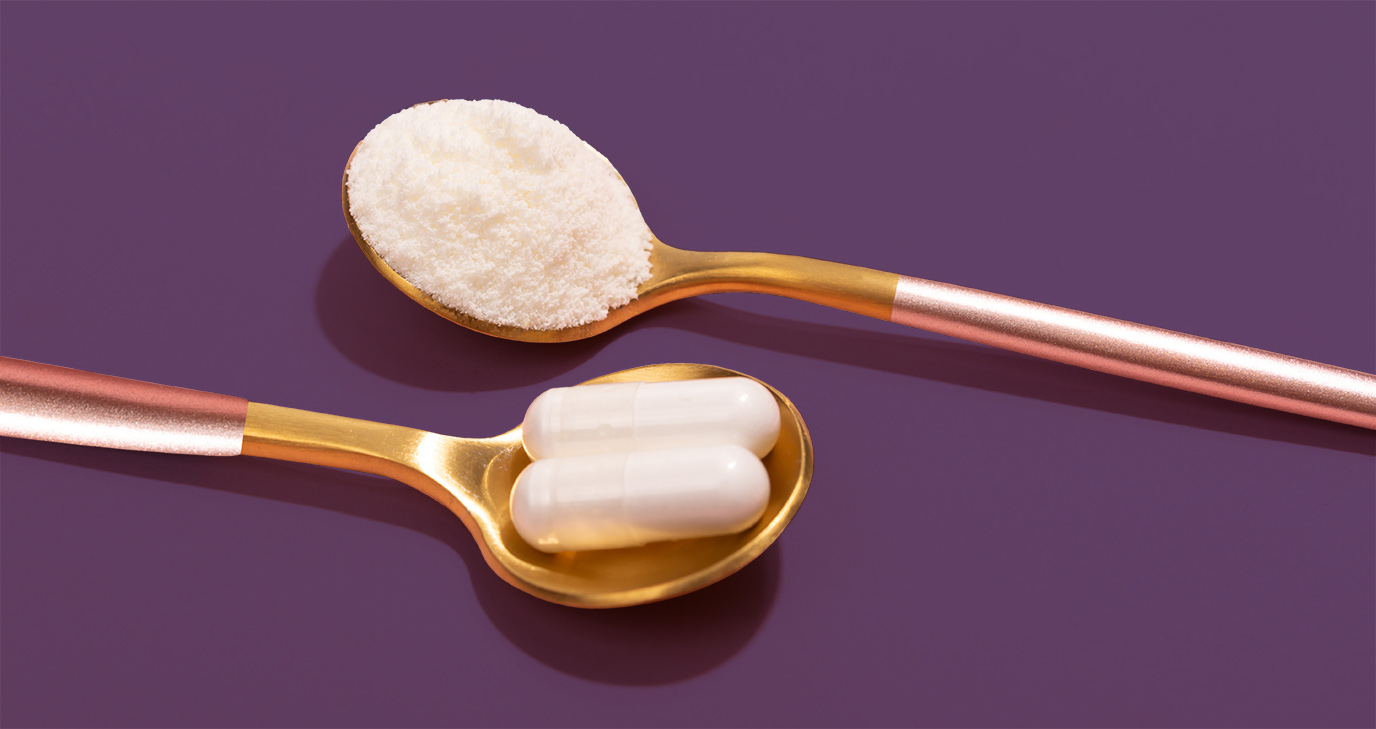- Diseases
- Acoustic Neuroma (14)
- Adrenal Gland Tumor (24)
- Anal Cancer (66)
- Anemia (2)
- Appendix Cancer (16)
- Bile Duct Cancer (28)
- Bladder Cancer (68)
- Brain Metastases (28)
- Brain Tumor (230)
- Breast Cancer (716)
- Breast Implant-Associated Anaplastic Large Cell Lymphoma (2)
- Cancer of Unknown Primary (4)
- Carcinoid Tumor (8)
- Cervical Cancer (154)
- Colon Cancer (164)
- Colorectal Cancer (110)
- Endocrine Tumor (4)
- Esophageal Cancer (42)
- Eye Cancer (36)
- Fallopian Tube Cancer (6)
- Germ Cell Tumor (4)
- Gestational Trophoblastic Disease (2)
- Head and Neck Cancer (6)
- Kidney Cancer (124)
- Leukemia (344)
- Liver Cancer (50)
- Lung Cancer (288)
- Lymphoma (284)
- Mesothelioma (14)
- Metastasis (30)
- Multiple Myeloma (98)
- Myelodysplastic Syndrome (60)
- Myeloproliferative Neoplasm (4)
- Neuroendocrine Tumors (16)
- Oral Cancer (100)
- Ovarian Cancer (170)
- Pancreatic Cancer (166)
- Parathyroid Disease (2)
- Penile Cancer (14)
- Pituitary Tumor (6)
- Prostate Cancer (144)
- Rectal Cancer (58)
- Renal Medullary Carcinoma (6)
- Salivary Gland Cancer (14)
- Sarcoma (236)
- Skin Cancer (296)
- Skull Base Tumors (56)
- Spinal Tumor (12)
- Stomach Cancer (60)
- Testicular Cancer (28)
- Throat Cancer (90)
- Thymoma (6)
- Thyroid Cancer (98)
- Tonsil Cancer (30)
- Uterine Cancer (78)
- Vaginal Cancer (14)
- Vulvar Cancer (18)
- Cancer Topic
- Adolescent and Young Adult Cancer Issues (20)
- Advance Care Planning (10)
- Biostatistics (2)
- Blood Donation (18)
- Bone Health (8)
- COVID-19 (362)
- Cancer Recurrence (120)
- Childhood Cancer Issues (120)
- Clinical Trials (624)
- Complementary Integrative Medicine (24)
- Cytogenetics (2)
- DNA Methylation (4)
- Diagnosis (230)
- Epigenetics (6)
- Fertility (64)
- Follow-up Guidelines (2)
- Health Disparities (14)
- Hereditary Cancer Syndromes (122)
- Immunology (18)
- Li-Fraumeni Syndrome (8)
- Mental Health (118)
- Molecular Diagnostics (8)
- Pain Management (62)
- Palliative Care (8)
- Pathology (10)
- Physical Therapy (18)
- Pregnancy (18)
- Prevention (894)
- Research (390)
- Second Opinion (74)
- Sexuality (16)
- Side Effects (604)
- Sleep Disorders (10)
- Stem Cell Transplantation Cellular Therapy (216)
- Support (404)
- Survivorship (322)
- Symptoms (184)
- Treatment (1772)
Sunscreen: What SPF should you choose?
2 minute read | Published May 24, 2016
Medically Reviewed | Last reviewed by an MD Anderson Cancer Center medical professional on May 24, 2016
According to a new study from Consumer Reports, nearly half of sunscreens have a lower sun protection factor (SPF) than they claim on their bottles.
So, should you start buying sunscreen with a higher SPF to protect your skin from sun damage and lower your skin cancer risk?
Not necessarily, says Saira George, M.D., a dermatologist at MD Anderson in Sugar Land. But it’s a good reminder to use more sunscreen more often.
“There have been other studies that show that the ‘real world’ SPF of most sunscreen is much less than what’s on the bottle because we tend to apply less than what is used during laboratory testing,” George says. “Regardless, this does highlight that more may need to be done to change sunscreen labels to make them more accurate and reflective of how sunscreen is actually used.”
What to look for on your sunscreen label
To make sure you’re protecting your skin in the sun, George recommends looking for the following:
- An SPF of at least 30: Using sunscreen with an SPF higher than 30 does not mean you can stay in the sun longer or reapply less often.
- Broad spectrum: This means it protects against both UV-A and UV-B rays, the two types of rays that can damage skin and lead to skin cancer.
- Water-resistant: No sunscreen is waterproof. Products must specify whether they are water-resistant for 40 or 80 minutes.
Apply sunscreen early and often
Use these tips to make sure you’re using enough sunscreen to protect your skin:
- Apply sunscreen 30 minutes before you head outside.
- Apply at least one ounce – the size of a golf ball.
- Cover each part of your body exposed to the sun.
- Reapply liberally every two hours or after swimming or sweating.
- Wear sunscreen 365 days a year, whether it’s sunny or not. UV rays are present year-round and can do damage even on a cloudy day.
How to protect your skin from the sun
“Ultimately, sunscreen is just one way to protect your skin from sun damage,” George says. “But wearing sunscreen isn’t the only thing you should be doing to protect your skin.” She offers this advice:
- Look for shady areas when outside. Avoid going outdoors between 10 a.m. and 4 p.m., when UV rays are the most powerful.
- Cover up. Wear dark, tightly woven clothing to protect your skin. Pick a hat with a large brim to protect your ears and neck.
- Use extra caution around water, snow and sand. These can amplify the sun’s rays.
- Wear sunglasses. Look for lenses that provide both UV-A and UV-B protection.
“It’s important to remember that these are all just parts of protecting your skin,” George says. “But when we’re diligent about all of them, they can help lower cancer risk and still allow us to enjoy the outdoors.”
Related Cancerwise Stories

Wearing sunscreen isn't the only thing you should be doing to protect your skin.
Saira George, M.D.
Physician





